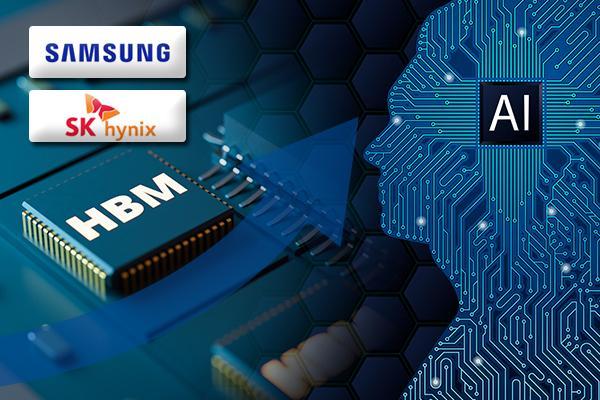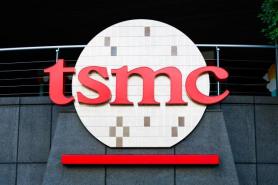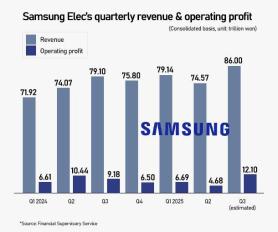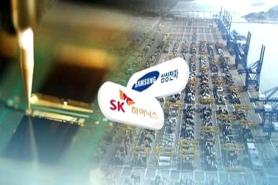
SEOUL, October 24 (AJP) - Korea’s memory titans Samsung Electronics and SK hynix are reaping record windfalls from a red-hot chip market driven by the transition to higher-performance memory that underpins the digital and automation era — yet both remain cautious about expanding production for fear of another abrupt downturn.
Investors show little concern for now, pushing both stocks to fresh highs. The combined market capitalization of Samsung Electronics and SK hynix topped 1,000 trillion won ($700 billion) for the first time on Friday. Samsung’s market value reached 584.2 trillion won (plus 64 trillion won in preferred shares), while SK hynix climbed to 370.9 trillion won in morning trading.
The demand surge is straining supplies not only of high-bandwidth memory (HBM) — essential for AI servers, data centers, and GPUs — but also of mass-market DRAM used in PCs, laptops, and smartphones, as chipmakers redirect wafer capacity toward HBM and other high-margin products.
Spot prices for mainstream DDR4 8Gb DRAM jumped to $7.30 this week, up 265 percent from April and the highest since October 2018, according to DRAMeXchange. UBS expects contract prices to rise 10–17 percent in the fourth quarter, while TrendForce projects an 8–13 percent gain in standard DRAM, widening to 13–18 percent when HBM products are included.
Unlike past inventory-driven booms, ongoing supply crunch is structural. SK hynix has devoted most of its advanced process capacity to HBM production for Nvidia and other AI chipmakers, while Samsung continues to ramp up 2-nanometer HBM output to improve yields. Because HBM stacks multiple chips vertically, wafer throughput is less than half that of traditional DRAM, tightening legacy supply.
While many investors see the sustained HBM shortage as fueling the next memory supercycle, some analysts warn the picture is more nuanced.
“HBM supply has actually caught up with demand, and prices are softening,” said Song Myoung-seob, analyst at iM Securities. “What’s tight is conventional DRAM — production has been shifted to HBM, and server makers are rushing to stock up inventory ahead of possible tariff changes.”
Song estimates global memory demand will expand 19.5 percent this year, outpacing an estimated 18.2 percent increase in supply. He added that Micron faces setbacks in server-grade DDR5, further constraining availability.
Analysts say the DRAM-HBM cycle could extend into the first half of 2026 if AI server build-outs and enterprise upgrades persist. But others caution that rapid fab expansions in Korea, the United States, and Taiwan could spark a correction if demand falters.
Either way, Samsung and SK hynix face the delicate task of balancing short-term windfalls with longer-term capacity discipline in a market moving faster than ever.
Copyright ⓒ Aju Press All rights reserved.




